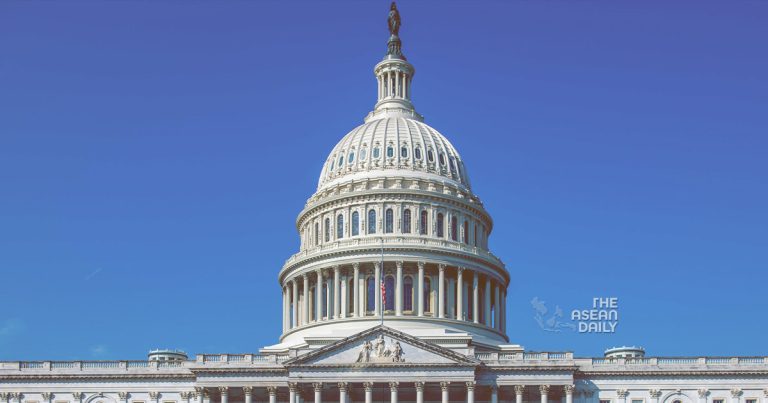2-8-2023 (NEW YORK) Fitch, a rating agency, has downgraded the United States’ top credit rating from AAA to AA+, citing fiscal deterioration over the next three years and the country’s repeated debt ceiling negotiations. The move has angered the White House and surprised investors, as it comes two months after the resolution of the debt ceiling crisis. Fitch had first raised the possibility of a downgrade in May, then maintained the position after the crisis’s resolution in June, stating it intended to resolve the review in Q3 2023. The downgrade follows S&P Global Ratings’ decision to strip the US of its triple-A rating in 2011, leaving Moody’s Investors Service as the only one of the main ratings agencies to keep the nation at its highest level.
The US dollar dipped across a range of currencies, stock futures ticked down, and Treasury futures rose after the announcement. However, several investors and analysts said they expected the impact of the downgrade to be limited. Investors say that Fitch’s downgrade to AA+ from AAA will do little to deter the top-notch status of US assets over the longer-term, citing a lack of alternatives and the economy’s solid growth.
Yields on two-year Treasuries fell three basis points to 4.87% in early Asia trading on Wednesday, while those on ten-year US bonds slipped one basis point to 4.01%. Fitch’s downgrade may “ironically support Treasuries buying on concerns of follow-on downgrades to US corporate credit,” said Chang Wei Liang, strategist at DBS Bank in Singapore.
Contracts for the S&P 500 and Nasdaq 100 were down 0.2% and 0.3%, respectively, after the S&P 500 finished Tuesday with a small loss. The US dollar weakened against most of its Group-of-10 peers, with a decline in the Bloomberg dollar index of less than 0.1%. US Treasury Secretary Janet Yellen on Tuesday said that she disagreed with Fitch’s downgrade, in a statement that called it “arbitrary and based on outdated data.” The White House had a similar view, saying that it “strongly disagrees with this decision.”
Investors use credit ratings to assess the risk profile of companies and governments when they raise financing in the debt capital markets. Generally, the lower a borrower’s rating, the higher its financing costs. A Moody’s Analytics report from May said that a downgrade of Treasury debt would set off a cascade of credit implications and downgrades on the debt of many other institutions. However, several analysts do not anticipate markets to react significantly to the news, and that the announcement is much more likely to be dismissed than have a lasting disruptive impact on the US economy and markets.




